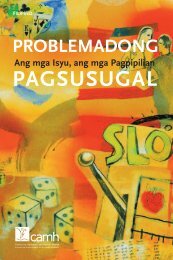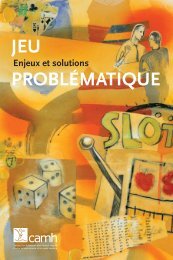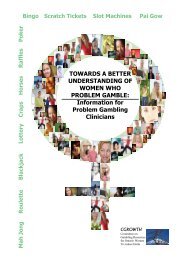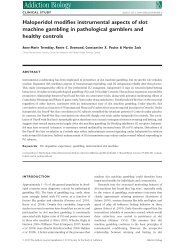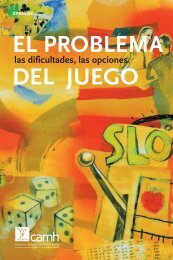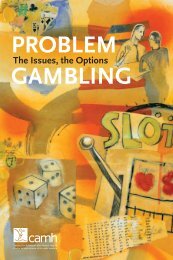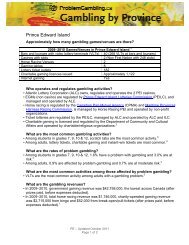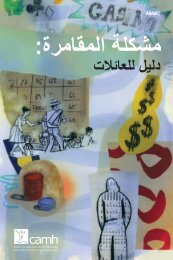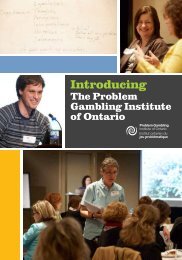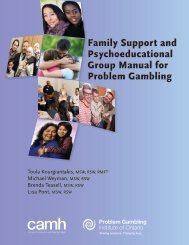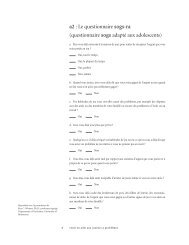Unit 3: ProbabilityAppendix BTeacher Resource 1 p. 1Properties of ProbabilityIntroduction to Sections One through Four (see below)This activity illustrates several properties of probability:1. Probability is completely uncertain on any specific roll—you never know what willhappen next.2. As the sample size increases, the spread of outcomes comes closer to the long-termexpected probability.3. However, even large samples have some uncertainty.4. You may find traces of odd occurrences or patterns, e.g., two, three or four wins in a row,sequences in the outcomes (1, 2, 3, 4), repeated numbers (4, 4, 4) and patterns (3, 6, 3, 6).Procedure for Sections One and TwoHave the students work in groups of four or five. Each student is given a die and selects anumber from 1 to 6 to bet on. Students can bet on the same number if they wish, but encouragethem to select different numbers. They then roll the dice and record the number of each rollof each die on the Tally Sheet. If they are in a group of four, each student should roll his or herdie 25 times. If they are a group of five, each student should roll his or her die 20 times so thecombined total of dice throws is 100. Tally the wins of the group in Section Two.Procedure for Sections Three and FourNext, students need to determine how often they win. After 20 or 25 throws (depending onnumber of students in group) of the dice, divide the total number of times their number cameup by the total number of throws. For example: probability = wins ÷ throws. The formula for thegroup is probability = wins ÷ 100 x 100. The “÷ 100 x 100” is unnecessary if you have exactly 100throws, but is put here to show that the formula is the same for 20, 25 or 100 throws.Discussion1. How close is the number to 16.6%? Write down on the board the students numbers,arranging them from lowest to highest percentage. The theoretical long-term outcome is16.6%. Which is closer to 16.6%, the individual results or the group results?2. Find out which student won the most often. Ask how winning most often made the studentfeel. Does it make you feel really good to win?3. Find out which student won the least often. Ask how not winning made the student feel.4. Go over the tally sheets and look for odd occurrences, e.g., two, three or four wins in a row,sequences in the outcomes (1, 2, 3, 4), repeated numbers (4, 4, 4) and patterns (3, 6, 3, 6).These things will not occur very often, but they will occur and illustrate that weird eventsdo happen.<strong>Youth</strong> <strong>Making</strong> <strong>Choices</strong>: <strong>Gambling</strong> <strong>Prevention</strong> <strong>Program</strong>www.Problem<strong>Gambling</strong>.ca3.21
Unit 3: ProbabilityAppendix BTeacher Resource 1 p. 25. Most people believe that after you win you are less likely to win again. Because of this,people sometimes switch numbers, or switch machines after a big win. As students to lookat the first number they rolled. Ask how many of them rolled the same number again on the2nd roll, how many rolled the first number on the 3rd roll and so on. Make a graph of howstudents repeated the first number on the 2nd, 3rd, 4th, 5th, 6th and 7th rolls of the dice. Onaverage the number should have been repeated on the 2nd, 3rd, 4th, 5th, 6th and 7th rollsof the dice approximately 16.7% of the time. The results should illustrate that after a numberhas come up it is neither more likely nor less likely to come up again. Ask them how manyrolled the same number more than once in the next 6 rolls. About 26% of the class shouldreport getting the same number more than once. Ask did not repeat the same number in thenext 6 rolls. About 33% of the class should report that they did not repeat the same number.This belief that a number is less likely to come up again can lead some people to believe theycan beat the house edge of the game by avoiding numbers that have come up recently or bylooking for numbers that are due to come up. This exercise will demonstrate that the odds ofa number do not change after a number has come up.6. Finally, combine the results from all students to see if the total of all the students is closerto 16.6%.Introduction to Sections Five through EightNext, the students are introduced to the concept of house edge. House edge is the profit thecasino makes from people who gamble. In sections Five through Eight, students see howcasinos make their money by not paying back enough money to the players to make up forthe money the player has lost. Sections Five through Eight demonstrate how the casino canguarantee a profit by varying the amount paid back to the player. The students can work this outwith both their individual tally sheets results (wins and losses) and with the group results. Thegroup results will be closer to the true long-term percentages. In Section Five, there is no houseedge so the casino would not make any profit.Procedure• Using the results from the tally sheets, place the results in sections Five through Eight.Starting in Section Five, students assume a bet size of 1 penny for every roll of the dice anda prize value of 6 pennies for every win. Compute the house edge assuming a prize of 6pennies per win. This can be computed for both individual and group data.• As a group, discuss the outcome and house edge. On average there should be a zero houseedge because the prize of 6 pennies is large enough to make up for the chances of losing.• Now repeat this using a win amount of only 5 pennies for a win. A prize of only 5 penniesshould result in an outcome of a net loss of 15 pennies and a house edge of 16.7%.• Now repeat this with a win amount of only 4 pennies for a win. A prize of only 4 penniesshould result in an outcome of a net loss of 30 pennies and a house edge of 33.3%.• Now repeat this with a win amount of 7 pennies for a win. A prize of 7 pennies should resultin an outcome of a net win of 15 pennies and a house edge of –16.7% (or a player advantageof 16.7%).• Which of these games is the most realistic for a commercial casino: a prize of 6, 5, 4 or 7pennies for a 1-penny bet? The answer is 5. With 6 or 7 the casino would lose money, andwith 4 the player would lose too much, bet bored and go home.<strong>Youth</strong> <strong>Making</strong> <strong>Choices</strong>: <strong>Gambling</strong> <strong>Prevention</strong> <strong>Program</strong>www.Problem<strong>Gambling</strong>.ca3.22




